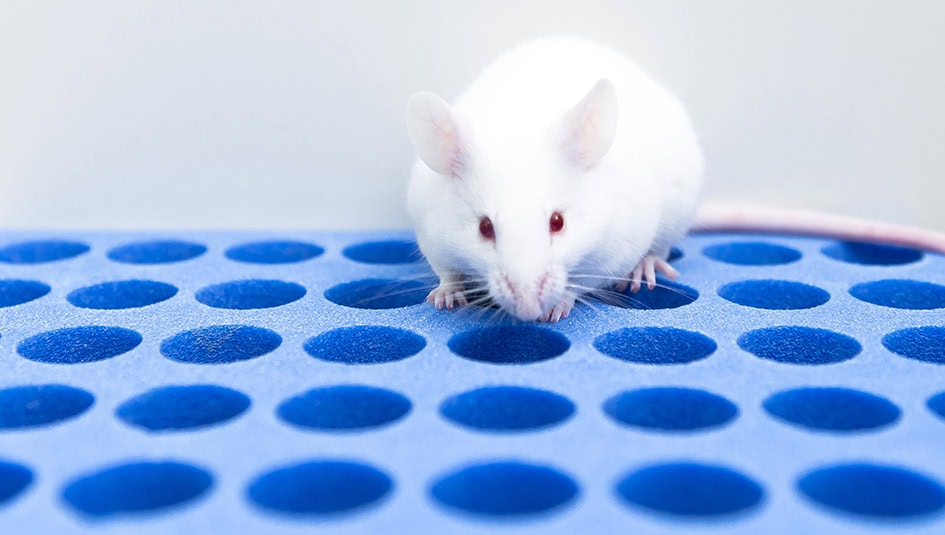Fasting Diet Regenerates Beta Cells in Mice

For years, there has been a vocal minority of Type 1 diabetes activists who have claimed that a low-calorie, low-carb diet is a great, but often ignored, treatment option for maintaining blood glucose levels with Type 1 diabetes. Now, a new study may provide strong scientific evidence that such a diet-focused treatment restores beta cell function and insulin sensitivity in the bodies of mice.
Researchers from the University of Southern California and the University of California have published findings in the journal Cell that suggest that a fasting-mimicking diet induced the bodies of diabetes-model mice to grow new beta cells and restore insulin sensitivity. If such findings are eventually replicated in humans, this could represent a dramatic shift in the way that Type 1 diabetes is treated.
Read “Will You One Day Be Able to Regrow Beta Cells?”
The researchers first applied the diet to mice bred with a genetic mutation that would lead to insulin sensitivity first and then to beta cell destruction; these mice were used as a stand-in for Type 2 diabetes. The control group of these mice with the mutation would die within four months of severe hyperglycemia.
The researchers treated a group of these mice at the third month of life with what is called a fasting-mimicking diet, or a diet which was low-calorie, low-protein, and low-sugar, for a period of four days. This cycle was then repeated after a period of a normal diet. What the researchers found was that the diet cycle stopped the decline in insulin secretion in 30 days and improved blood glucose levels within 90 days. They were able to determine that the diet caused the body to shape stem cells into insulin-producing beta cells.
The researchers then induced the equivalent of Type 1 diabetes in another group of mice by giving them high doses of streptozotocin, a cancer-fighting drug that is toxic to beta cells. By day 30 of the streptozotocin treatments, the blood glucose levels of the control group of treated mice reached 450 mg/dL. Mice put on the fasting-mimicking diet, however, had blood glucose levels that were near normal between 50 and 60 days. Again, the diet forced stem cells in the mice to produce beta cells.
Multiple news stories reporting on these findings contain a “do not try this at home” disclaimer paragraph, and with good reason. These findings should not be considered a license to stop insulin therapy. Also, no one with diabetes should consider undertaking a major shift in diet without discussing it with their medical team. Finally, it’s important to remember that what works in mice may not work the same way with humans; the mouse pancreas is more simple in structure than the human pancreas, and there have been many mouse “cures” for diabetes that do not provide nearly the same results for humans.
However, this study joins a growing body of research that suggests that carefully regulated, scientifically-approved fasting may induce short-term and long-term changes in the body, and that some of those changes could be found to provide health benefits for people with chronic conditions or who are undergoing chemotherapy.
Thanks for reading this Insulin Nation article. Want more Type 1 news? Subscribe here.
Have Type 2 diabetes or know someone who does? Try Type 2 Nation, our sister publication.